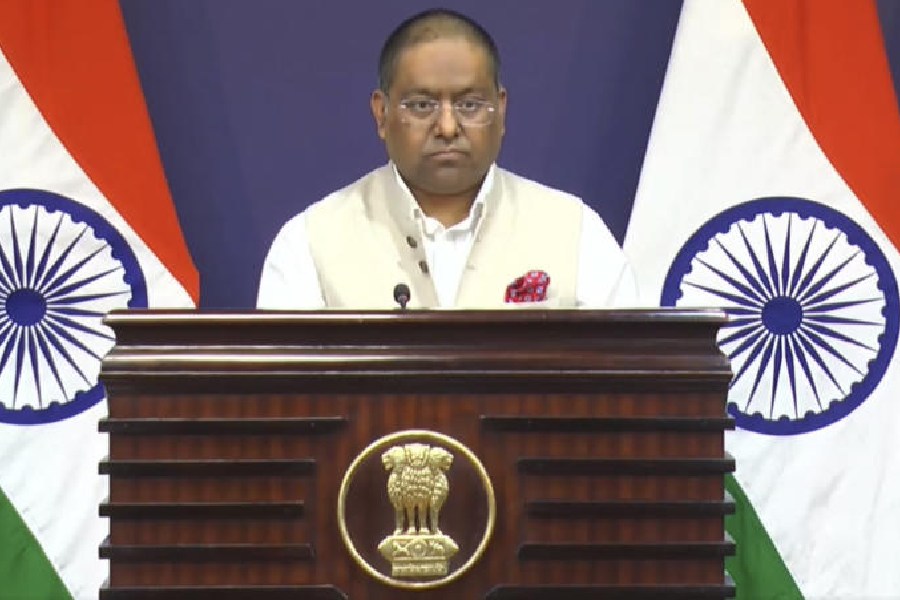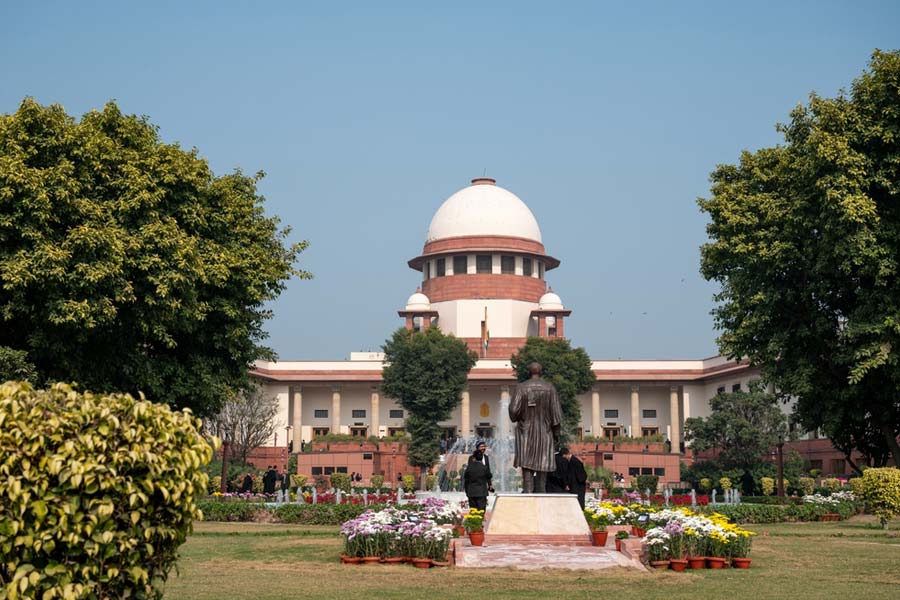Patna, Aug. 17: One of the unique features of Right to Public Service (RTPS) Act that came into force on August 15, is the 18-digit unique application number that would be provided to applicants.
At the first glance it might appear a simple exercise but a lot of planning went into forming the unique application numbers.
“We had to do a lot of permutation and combination exercise before reaching at a formula to put the system in place which generates the receipt number. We had to take into account 50 services of 10 departments, which have been brought under the ambit of RTPS, while deciding the formula,” a source, who was closely associated with the planning process, told The Telegraph.
Revealing the formula, he said that the first two digits of receipt number is the code of the department from which one is seeking a service, eg. if a receipt number starts with 01 then the department is social welfare.
The next two digits have been dedicated to the type of service one is looking for and different services of different departments have been assigned a two-digit code.
The fifth digit of the receipt number would depict the level at which the application is being filed. If an application is filed to designated public servant, the fifth digit would be 1, whereas in case of first appellate authority it would be 2 and in case of second appellate authority it would be 3.
The sixth digit would depict the name of the division and all the nine divisions have been given a code.
The 7th and 8th digit would depict the name of the district, whereas the 9th digit would depict the sub-division of a given district.
The 10th and 11th digit would be the code for block in which the application has been filed and 12th and 13th digits would represent the year of filing application. The last five digits would be the serial number of application submitted in a given office.
“The coding for the application number has been done in such a way that department bosses would know about all the details about pending applications without asking any question from the field officials,” said the source.
The same coding pattern is to be used by offices where computerisation has not been done and where receipt generation would be done manually.
A system has also been put in place for receiving reports from field offices to a central server, which has been set up in the office of Bihar Prashasnik Sudhar Mission.
“Executive assistants deputed in field offices have been assigned the job of sending daily reports to the central server through internet and this work would be done between 4.30pm and 5.30pm on every working day,” said the source.










